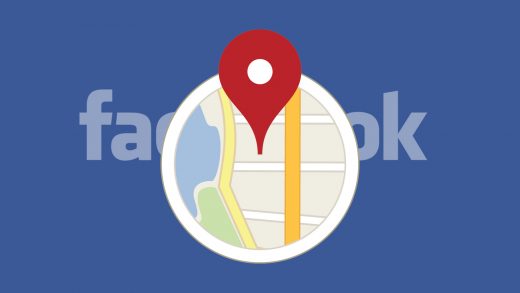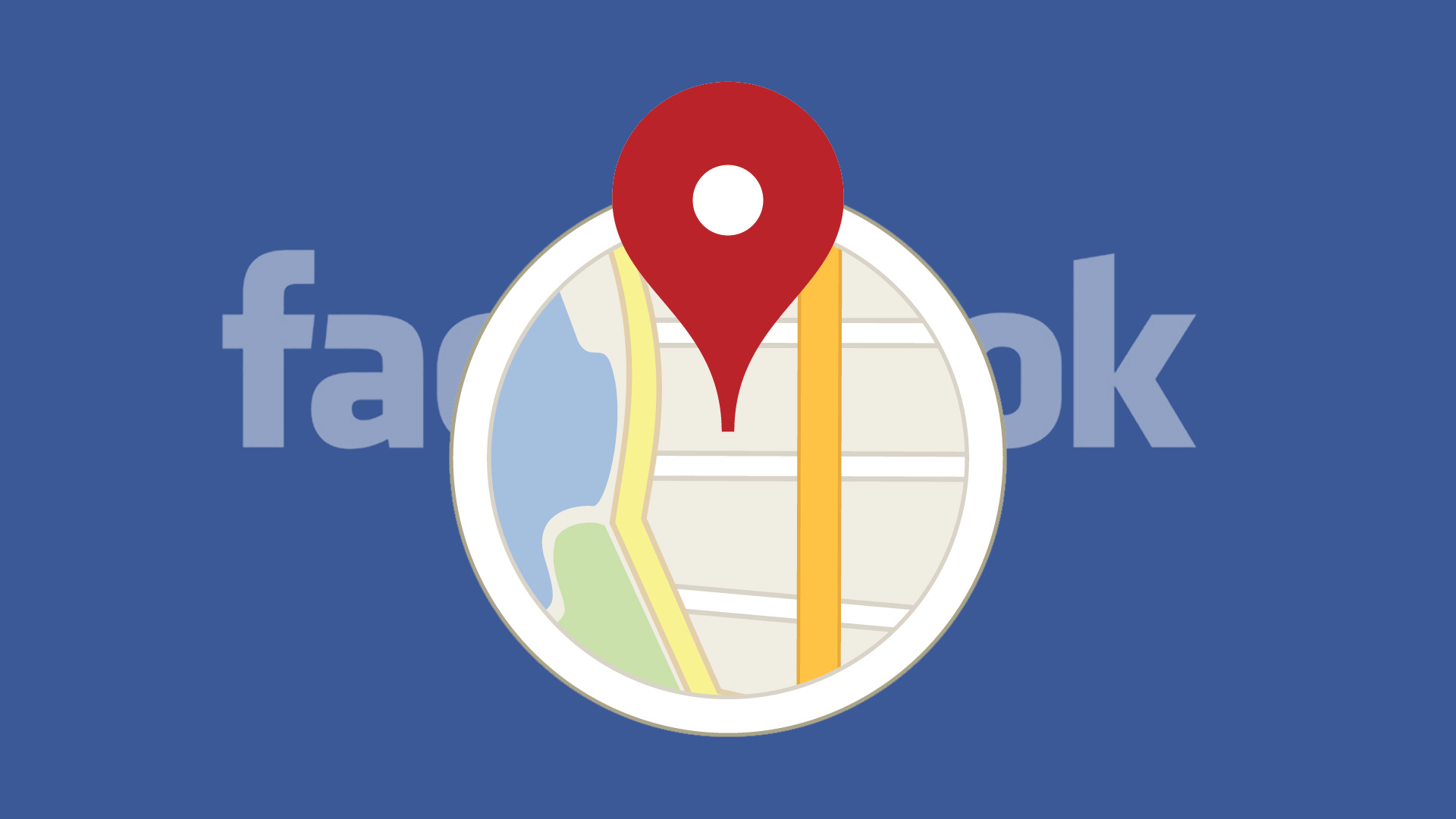Facebook is putting maps in ads and will measure store visits
Facebook is adding maps to its local awareness ads and will start reporting estimates of how many store visits those ads drove.

Facebook is adding maps to its location-based local awareness ads to give brands a better chance you’ll visit their locations. And if you do, Facebook will now start telling brands how many people it thinks actually visited their locations based on these ads.
Advertisers had previously tried to offer store location info by including links within their ads, but too often the landing pages attached to those links were designed for desktop, not the phones on which these ads run. “What we’ve built is a mobile-first, native experience that is part of the ad format itself,” said Facebook product manager Sam England.
Facebook isn’t rolling out its own map product to plot a business’s location in its ads that show up in Facebook’s mobile app when someone is nearby. Instead it will be using the mapping tools built into people’s phones, i.e., Google Maps and Apple Maps. That means people will be able to click on these in-ad maps to get directions to a store, view its hours and retrieve its phone number.

Facebook’s local awareness ads can now feature maps plotting a store’s location.
The addition of in-ad maps and globally available store visit measurement are Facebook’s latest moves in its race with Google to help brands push people into brick-and-mortar stores and trace their digital ads to physical results. Lately, Google has been speeding up the pace of the two companies’ race.
Last year, Google started showing mobile search ads that highlight nearby businesses. More recently it’s started putting ads in Google Maps’ search results and debuted ads that marketers can buy to promote specific locations on the map. Google also got out ahead of Facebook on the measurement side. In December 2014, Google rolled out its own store visits metric that estimates how many people visited an advertised location and has extended the measurement tool to more than 1,000 advertisers in 11 countries. Facebook is doing the same thing, to the point that it’s using the same name as Google’s 18-month-old product.
To gauge foot traffic, Facebook will take advantage of the people who share their location with Facebook through the social network’s location services option, which people can turn off in order to not be tracked. Combined with background signals like WiFi, Facebook will track when people appear within a business location’s boundaries. It will also poll people afterwards to see if they were in fact where Facebook thought they were. Then Facebook will use those measured store visits to project how many people who use Facebook but don’t share their location with the social network may have also visited a given store. The tally of estimated visits extrapolated from actual visits is what will be shown to advertisers.
Advertisers will be able to see that foot traffic in real time and broken down by age and gender. “As soon as we record a store visit, it will appear in ads reporting,” said England. Brands will also be able to view the stats over the past day, week or 28 days.
Facebook is also rolling out a way for companies to plug into Facebook’s system to match their own transaction data with Facebook’s data to see how their Facebook ads are leading to in-store sales and calls to a business’s call center. But brands won’t be able to incorporate store visits data in these reports, according to Facebook Director of Monetization Product Marketing Maz Sharafi, who declined to say why the company decided to keep that data separate. IBM, Index, Invoca, Lightspeed, LiveRamp, Marketo and Square are among the first companies that can use Facebook’s new Offline Conversions API to provide businesses with these ad attribution reports.
Marketing Land – Internet Marketing News, Strategies & Tips
(23)




